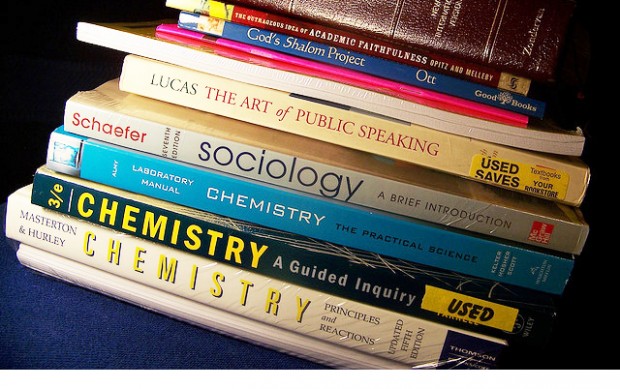MLA = English class
APA = Psych class
Turabian = History class
Chicago = Economics
Part I - Sources for citations
• Direct quotes and “re-worded ideas” from sources; show authority and validation of thesis with examples of comments, data, facts
• Printed source: books, magazines, journals, newspapers; may also be found online
• Online: personal and professional sites
• Direct: interviews – ask instructors for ideas!
========================
Part II - Works Cited, Reference, or Bibliography pages (MLA, APA, Turabian)
• Separate from rest of paper
• Not counted for overall page total
• Recipe of all sources USED/quoted
• Alphabetical order by author/article title
• Double-spaced and 2nd-line indented
**APA format uses "References" page instead of "Works Cited
========================
Part III: how to cite - a source online!
http://citationmachine.net can help. Use this also for APA, Turabian, and Chicago style formats. (APA for psychology, Turabian for history, Chicago for economics.)
------------------------------------
APA = Psych class
Turabian = History class
Chicago = Economics
Part I - Sources for citations
• Direct quotes and “re-worded ideas” from sources; show authority and validation of thesis with examples of comments, data, facts
• Printed source: books, magazines, journals, newspapers; may also be found online
• Online: personal and professional sites
• Direct: interviews – ask instructors for ideas!
========================
Part II - Works Cited, Reference, or Bibliography pages (MLA, APA, Turabian)
• Separate from rest of paper
• Not counted for overall page total
• Recipe of all sources USED/quoted
• Alphabetical order by author/article title
• Double-spaced and 2nd-line indented
**APA format uses "References" page instead of "Works Cited
========================
Part III: how to cite - a source online!
http://citationmachine.net can help. Use this also for APA, Turabian, and Chicago style formats. (APA for psychology, Turabian for history, Chicago for economics.)
------------------------------------
What/when to cite?
• Focus on “IS THIS IDEA WELL KNOWN TO THE *PUBLIC?” (Not just *you!) if not, don’t cite. If yes, then cite.
• Specific relevant facts, details, ideas that are unique to the topic of the paper.
• Direct quotes from sources/ideas of others.
• Paraphrased/reworded concepts
• An academic “legal right to steal ideas—just show it.”
Beware: quotes need connections to ideas!
• A quote must have some relevance to an idea. It has to be “attached to” or referencing something already established: a fact, a concept, an idea.
• It should have significance that creates an established value which validates or endorses your thesis concept or the theme of the paper!
• Focus on “IS THIS IDEA WELL KNOWN TO THE *PUBLIC?” (Not just *you!) if not, don’t cite. If yes, then cite.
• Specific relevant facts, details, ideas that are unique to the topic of the paper.
• Direct quotes from sources/ideas of others.
• Paraphrased/reworded concepts
• An academic “legal right to steal ideas—just show it.”
Beware: quotes need connections to ideas!
• A quote must have some relevance to an idea. It has to be “attached to” or referencing something already established: a fact, a concept, an idea.
• It should have significance that creates an established value which validates or endorses your thesis concept or the theme of the paper!

No comments:
Post a Comment